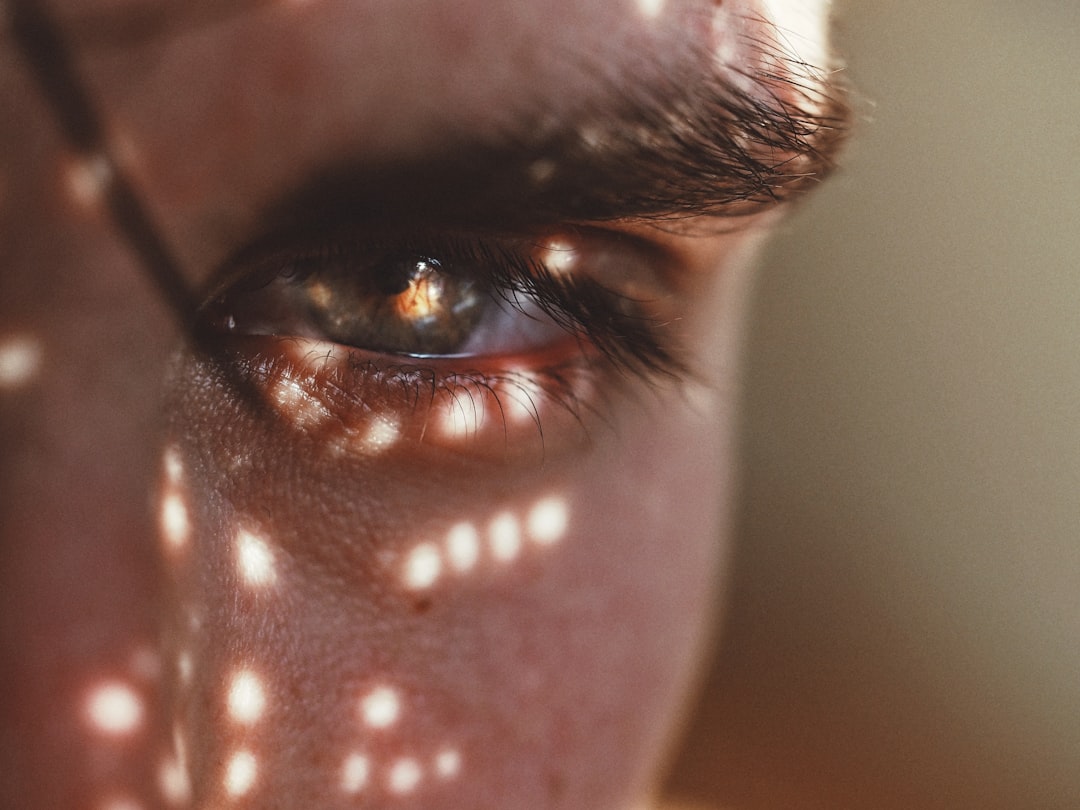Fungal acne is a common skin condition that can cause serious symptoms if left untreated. In this essay, we’ll discuss what fungi are, how they affect the skin, and what causes them to develop.
What is Fungal Acne?
Fungal acne is a skin condition caused by an overgrowth of the yeast-like fungus called Malassezia. It develops when the fungus finds its way into the skin and starts to grow. This can happen in any body part but is most common on the face.
How Does Fungal Acne Affect the Skin?
Fungal acne can cause a number of problems for the skin. The yeast-like fungus can cause inflammation and skin damage, leading to redness, scaling, and pus. If left untreated, this can lead to more serious conditions like keloids and cancer.
What Causes Fungal Acne?
first of all, we have to know, WHAT IS FUNGAL ACNE? The cause of fungal acne is not fully understood, but it may be related to environmental factors such as humidity, pollution, and stress. Genetics may also play a role.
There is no definitive answer to this question. However, several factors may be responsible for the development of fungal acne. These include:
-Poor hygiene practices: If you don’t take proper care of your skin, dirt and other debris can get trapped in the pores. This can cause an overgrowth of fungus.
-A lack of sunlight: Exposure to sunlight helps to kill off the fungus responsible for fungal acne, so those who are affected often have a harder time treating the condition.
–Hormones: Women who are going through puberty or menopause may be more likely to develop fungal acne due to hormonal changes in their skin.
–Dry skin: People with dry skin are more likely to develop fungal acne due to the increased amount of moisture that is available to the fungus.
– Male hormones: Male hormones like testosterone can increase the production of yeast-like fungus on the skin. This is why men are more likely to develop fungal acne than women.
– Nutrition: A lack of good nutrition can also lead to an overgrowth of fungal bacteria on the skin. When these bacteria grow unchecked, they can produce chemicals that irritate and damage the skin.
– Age: The aging process often brings increased levels of oil and moisture to the skin, which encourages fungal growth.
What Are the Symptoms of Fungal Acne?
Symptoms of fungal acne can include redness, pus-filled bumps, and scaling of the skin. It can also lead to irregular breakouts and scarring.
fungal acne depends on which part of the body is affected and how much damage has been done by the fungus. However, some common symptoms include redness, inflammation, and pus formation. In some cases, these symptoms may be accompanied by a rash or by blackheads and whiteheads (acne lesions). In extreme cases, fungal acne can lead to scars or even worse skin damage.
How Can I Treat Fungal Acne?
If we know what is fungal acne so we may find Treatment for fungal acne which varies depending on the severity of the condition. Medication and topical treatments can help to reduce inflammation and redness, while other treatments such as laser therapy and chemical peels may also be helpful.
-Treatment for another condition: If you have another underlying health condition, including diabetes or thyroid problems, your skin may be more susceptible to developing fungal acne.
Conclusion
Fungal acne is a serious condition that requires immediate treatment if left untreated. To learn more about this skin condition and how to treat it, Antiaging Cream can also bind its spread.



